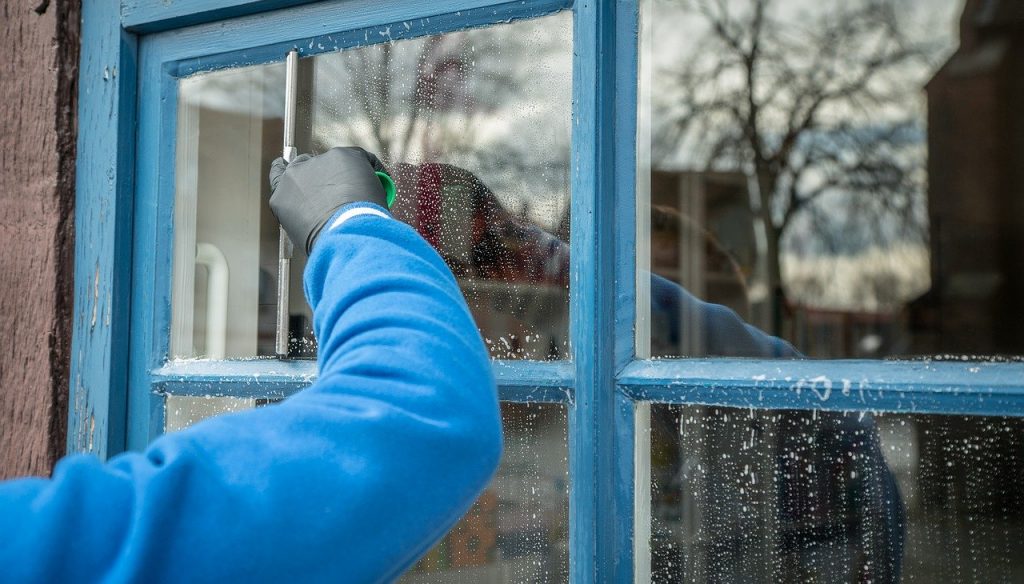
Ah, opening the windows and breathing in some fresh air. It feels clean, refreshing, and invigorating. We naturally associate the idea of fresh air with health and well-being.
However, do you know what fresh air means? We’re surrounded by airborne particles, grime, and other risks that we don’t recognize. Why so? Because, more often than not, we don’t spot these risks at first sight. In many cases, you can’t see danger without specialized lab equipment. But just because you can’t see it doesn’t mean that what we call fresh air is clean, pure, and healthy. Here are some considerations to bear in mind next time you need some fresh air. The air can be a source of disease, dirt, and health risks. No, it doesn’t mean you should wear a breathing mask at all times! But, you should keep your ‘fresh air’ in check!
Air can transport dirt and grime
If you live in a busy city center, chances are that you can tell clear from dark days, based on car fumes only. However, more often than not, households can’t see air pollution. If you live on the outskirts of town, or away from the main roads, you can’t spot minute differences in the air. Pollution? Surely, you would see it if the air was dirty. Here’s the thing: You can see it. The grime and dirt that accumulate on your windows is the result of particles that are transported in the air.
When it comes to house maintenance, you’ll find that scheduling regular professional window cleaning is generally the quickest way to deal with the issue. Where does the dirt come from? According to professional cleaners, the dirt on your windows can come from transport fumes, as particles can be transported through the air across long distances. You will also find crystallized raindrops and fog that contain dirt, dust, minerals, and even some chemical elements. Dust from your ventilation unit can make it to the windows if you’ve got an external unit that filters dirt and vapor.

No visible dirt doesn’t mean the air is clean
No car fumes indoors! At least, you can be sure your air is clean. But is it? Indoor air pollution is responsible for millions of deaths every year around the world. While most cases occur in developing countries where crop waste, burning, and dung from cooking can have devastating consequences, indoor air pollution claims lives in North America too.
Chemical cleaning products, synthetic fabrics, and materials, wall paints, building materials, fragrances, clothes, dust are some of the many harmful particles that live within your indoor air. They can cause respiratory diseases, headaches, allergies, and even affect your mood. Air filtering and air purifying devices can transport your home.
It can be too fresh
Who doesn’t love the refreshing A/C unit in summer? A cool home is a wonderful thing. However, overcooling your home can affect your immune system and make it hard to fight off germs and viruses. There is such a thing as fresh air that is too fresh. If you love a fresh interior, invest in a programmable thermostat to ensure you don’t put your family at risk.
Is fresh air a health risk? Not per se, but it can hide invisible dangers that will affect your immune system, from air pollution to overcooled air. In short, if you’re going to enjoy some fresh air, use your common sense to avoid risks.

